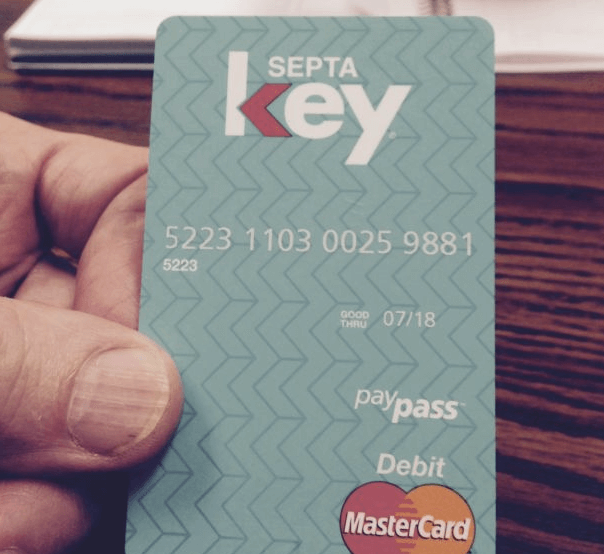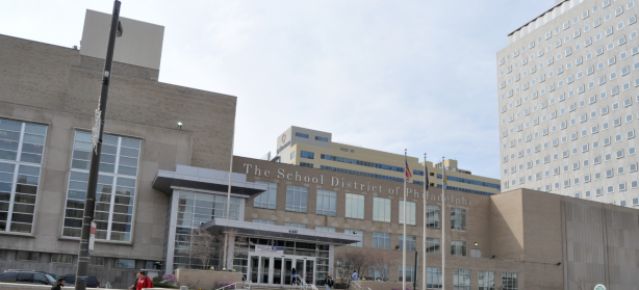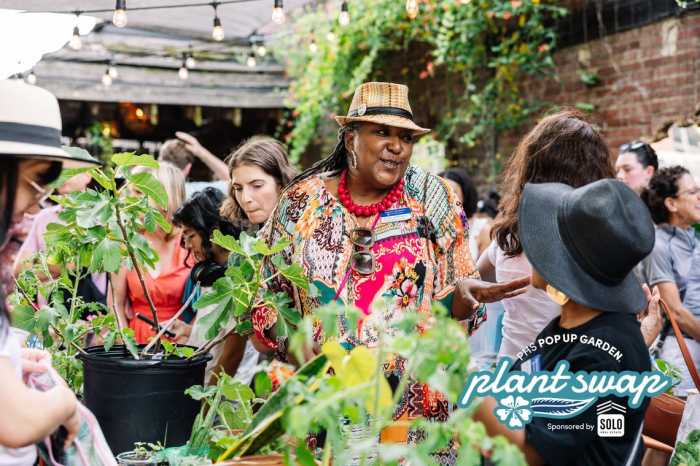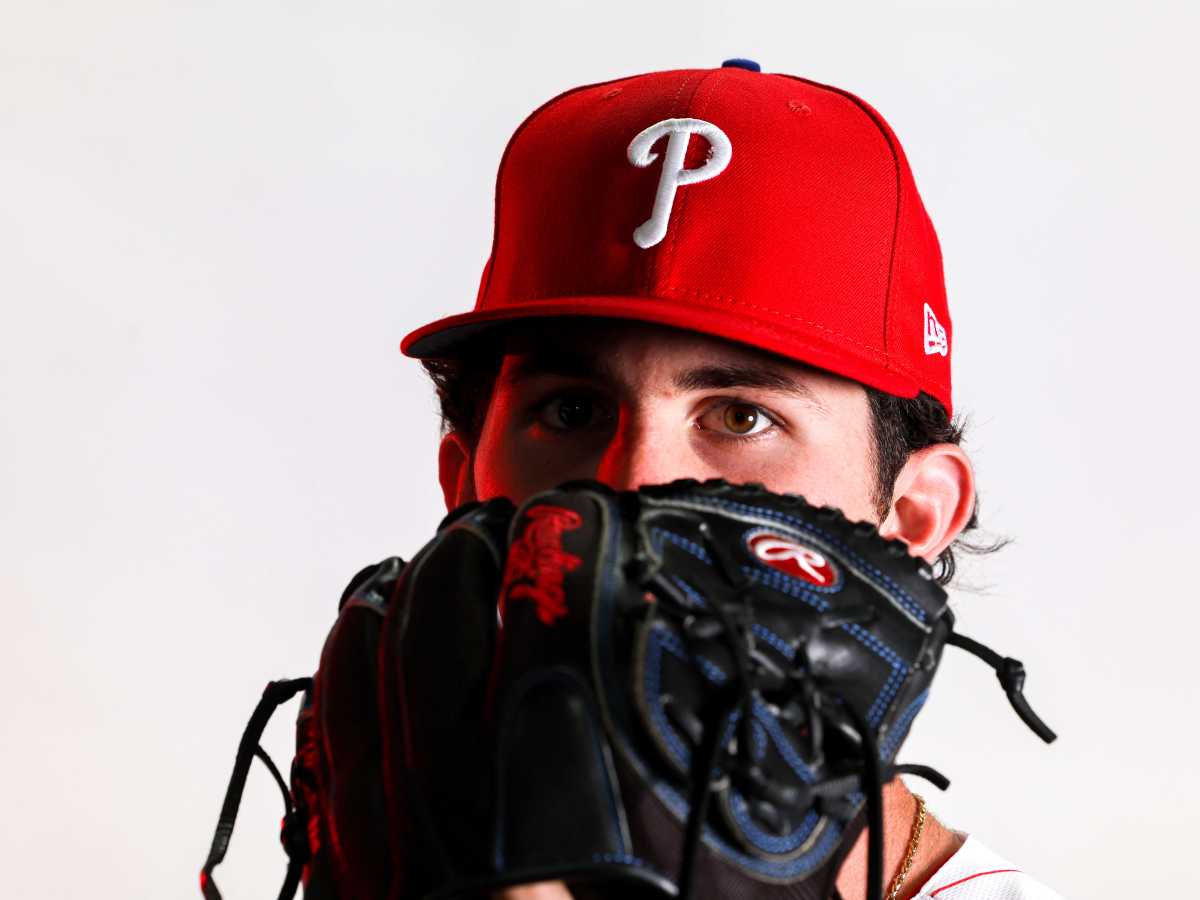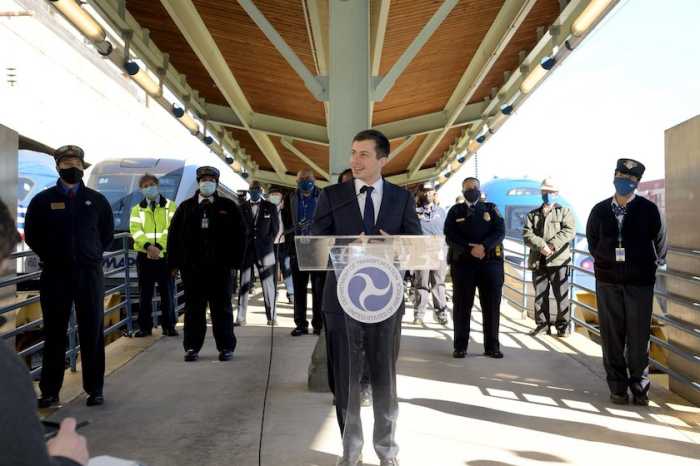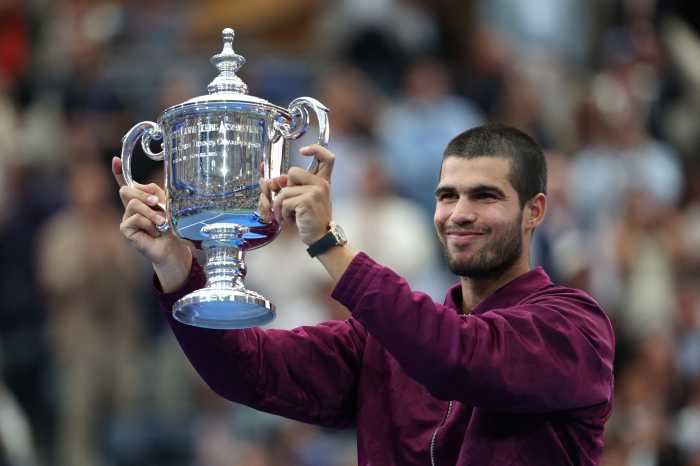Philadelphia’s bicycling community is currently involved in a long struggle for new, better bicycle infrastructure. But getting said infrastructure—things like off-street trails, protected bike lanes, raised bike lanes, or just re-striped standard lanes—is much more difficult than complaining about it on Twitter and then hoping for the best. Modern, quality bike lanes need to be proposed, studied, and approved by the municipal government, then often brought in front of a community or neighborhood group for approval, and eventually City Council. A lot can go wrong during that process. Especially during the community feedback portion. Oftentimes, those in favor of bike lanes get backlash over wanting something we allegedly don’t pay for.
Therefore, the thinking goes, if cyclists want new lanes, they should be taxed and forced to submit to a city licensing program before we eventhinkabout installing safety precautions on city streets like, say, a 10-foot bike lane on a 54-foot-wide road like JFK Boulevard. Problem is,bicyclists already do pay for roads, many of which still aren’t designed with them in mind. It’s actually motor vehicle drivers utilizing public parking spots getting subsidized by everyone else. Most of the money for roads come from tolls and user fees, fuel taxes, license fees, and general taxes and bonds. It’s true that motor vehicle drivers (including those bicyclists who also own cars) pay the tolls, fuel, and license portion of that list. But as far as the United States as a whole is concerned, these three fees do not provide the bulk of funding. Nationally, those fees make up about 50 percent of all road funding, as noted by the Tax Foundation. The rest of the money comes from bonds and general taxes—which we all pay for, based on our income and what we buy. As noted in “Streetfight” by Seth Solomonow and former NYC transportation commissioner Jeanette Sadik-Khan, between 1947 and 2012, “American taxpayers as a whole paid $1 trillion more to sustain the road network than people who drive paid in gasoline taxes, tolls and other user fees.” And in 2012, $69 billion in highway spending came from Americans’ general tax revenue. Such economic realities bear repeating when taking a look at city streets and bike lanes, many of which are faded, beaten up, and full of pot holes. Bicycles provide little, if any of this wear and tear. When bike lanes get beat up, it’s because motor vehicles are allowed to illegally park in them freely, with little-to-no consequence from enforcement entities. Long-term on-street parking additionally allows people to leave their motor vehicles on public space indefinitely for a mere $35 per year.
Given that I people who ride bikes help subsidize roads which often don’t accommodate us (or do so poorly), and that the lanes reserved for us are often blocked by parked motor vehicles, and subsequently torn up and faded away by those same motor vehicles, it’s safe to say who isactuallypaying their fair share—and who isn’t. But there is good news. As it happens, bike lanes provide ahugereturn on investment. A recent study conducted by Dr. Babak Mohit of the Mailman School of Public Health at Columbia University in New York actually found that for every $1,300 New York City invested in building bike lanes in 2015, one “quality of life” year was added to the lifetime of all city residents. The quality of life data is based on the idea that adding bike lanes to vehicle roadways reduces the risk of injury and creates incentive for new people to get on bicycles. This, in turn, creates healthier people who ride bikes and a generally healthier populace breathing in less smog when a gasoline-powered vehicle is traded in for a burrito-powered human on a vehicle. Randy LoBasso iscommunications manager for the Bicycle Coalition of Greater Philadelphia. His column appears regularly in Metro.
Bikers already ‘pay their fair share’ for safer streets

Provided





